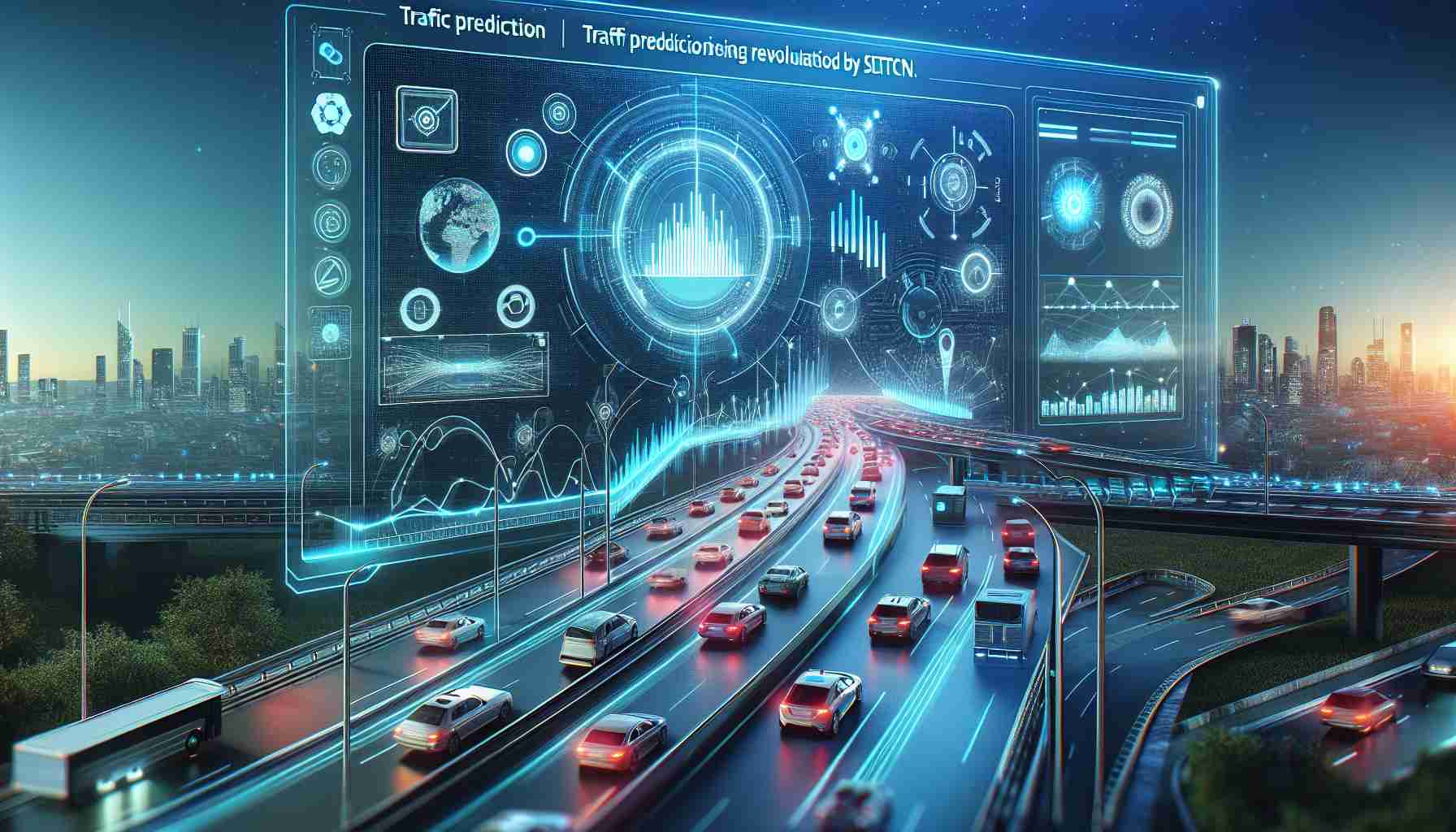Introduction
Traffic prediction plays a crucial role in efficient traffic management and control. Accurately understanding future traffic flow across all roads in a transportation network is essential for effective decision-making. In order to address the challenges in predicting traffic patterns and capturing spatial and temporal dependencies, a groundbreaking approach called Spatial Linear Transformer and Temporal Convolution Network (SLTTCN) has been proposed.
Spatial-Temporal Prediction
Predicting traffic state requires analyzing both spatial and temporal factors. The relationship between future traffic states and historical traffic states is influenced by temporal factors, while the traffic states of current areas are impacted by neighboring areas in terms of spatial factors. Therefore, understanding the temporal and spatial relationship of traffic data is crucial in efficient traffic state prediction.
Traditional Approaches
Traditional approaches include statistical models like autoregressive integrated moving average (ARIMA) and machine learning models like k-nearest neighbor (KNN) and support vector machine (SVM). While these approaches can handle complex traffic data, they require careful feature engineering and may not capture the full complexity of the data.
Deep Learning and Graph Neural Networks
Deep learning approaches, particularly graph neural networks (GNN), have gained popularity for their ability to handle nonlinear high-dimensional problems. Researchers have explored combining GNN with sequence learning models to incorporate the road network topology into time series models. Additionally, attention mechanisms have been used in conjunction with GNN and transformers to model spatio-temporal dependencies and improve prediction accuracy.
Challenges in Dependency Modeling
Two major challenges exist in dependency modeling for traffic prediction. Firstly, the spatial dependency is often based on a predefined graph structure, which may not accurately reflect the real dependency between nodes. To address this, the graph attention network (GAT) has been introduced to dynamically compute spatial dependency. Secondly, capturing temporal dependency using recurrent neural networks (RNN) is computationally intensive and may struggle with long-term dependencies. The transformer structure faces increased computational complexity as the time series grows.
Introducing SLTTCN
To overcome these challenges, the SLTTCN model has been developed. It utilizes spatial linear transformers to aggregate spatial information and a bidirectional temporal convolution network to capture temporal dependencies. The spatial linear transformer reduces complexity while effectively capturing spatial dependence, and the temporal convolution network with bidirectional and gate fusion mechanisms addresses gradient vanishing and high computational cost.
Comparative Analysis
Extensive experiments using large-scale traffic datasets have demonstrated the superiority of SLTTCN compared to other baselines. Numerical results indicate that SLTTCN achieves the best predictive performance across various error measurements. Furthermore, attention visualization analysis confirms the effectiveness of the spatial linear transformer in capturing dynamic global spatial dependency.
Conclusion
The SLTTCN model presents a revolutionary approach to traffic prediction by effectively capturing spatial and temporal dependencies. With its superior predictive performance, it has the potential to significantly enhance traffic management and control applications. By understanding the complex relationship between traffic data, we can make informed decisions and improve overall transportation efficiency.
FAQ:
1. What is the Spatial Linear Transformer and Temporal Convolution Network (SLTTCN)?
SLTTCN is a groundbreaking approach for predicting traffic flow in a transportation network by capturing both spatial and temporal dependencies.
2. Why is understanding spatial and temporal factors important in traffic prediction?
Understanding the relationship between future and historical traffic states (temporal factors) and the impact of neighboring areas on current traffic states (spatial factors) is crucial for accurate traffic prediction.
3. What are some traditional approaches to traffic prediction?
Traditional approaches include statistical models like ARIMA and machine learning models like KNN and SVM. However, these approaches require careful feature engineering and may not capture the full complexity of the data.
4. What are the advantages of deep learning and graph neural networks (GNN) in traffic prediction?
Deep learning approaches, particularly GNN, can handle nonlinear high-dimensional problems. GNN can be combined with sequence learning models to incorporate road network topology into time series models. Attention mechanisms can be used with GNN and transformers to model spatio-temporal dependencies and improve prediction accuracy.
5. What are the challenges in dependency modeling for traffic prediction?
The challenges include accurately representing spatial dependency between nodes and handling long-term temporal dependencies.
6. How does the SLTTCN model address these challenges?
SLTTCN utilizes spatial linear transformers to effectively capture spatial dependence and a bidirectional temporal convolution network to capture temporal dependencies. These techniques reduce complexity and address computational issues.
7. How does SLTTCN compare to other baseline models?
Extensive experiments with large-scale traffic datasets have shown that SLTTCN outperforms other baselines in predictive performance across various error measurements.
8. What is the potential impact of SLTTCN on traffic management and control?
With its superior predictive performance, SLTTCN has the potential to significantly enhance traffic management and control applications, leading to improved transportation efficiency.
Definitions:
– Traffic prediction: the task of predicting future traffic flow in a transportation network.
– Spatial and temporal factors: the spatial relationship between areas and the temporal relationship between past, present, and future traffic states.
– Autoregressive integrated moving average (ARIMA): a statistical model used for time series forecasting.
– K-nearest neighbor (KNN): a machine learning algorithm that classifies data based on similarities to its nearest neighbors.
– Support vector machine (SVM): a machine learning model used for classification and regression analysis.
– Deep learning: a subset of machine learning that uses neural networks to model complex patterns and relationships.
– Graph neural networks (GNN): neural networks designed to handle graph data, such as road networks.
– Graph attention network (GAT): a type of GNN that dynamically computes spatial dependency between nodes.
– Recurrent neural networks (RNN): a type of neural network commonly used for sequence data that captures temporal dependencies.
– Transformer: a type of neural network architecture that improves the processing of sequential data.
– Comparative analysis: a method of comparing different models to determine their performance.
– Baselines: existing models or methods used as a comparison for evaluating the performance of new approaches.
Suggested related links:
https://www.traffic-prediction-domain.com Traffic Prediction Official Website
https://www.transportation-management-domain.com Transportation Management Website

